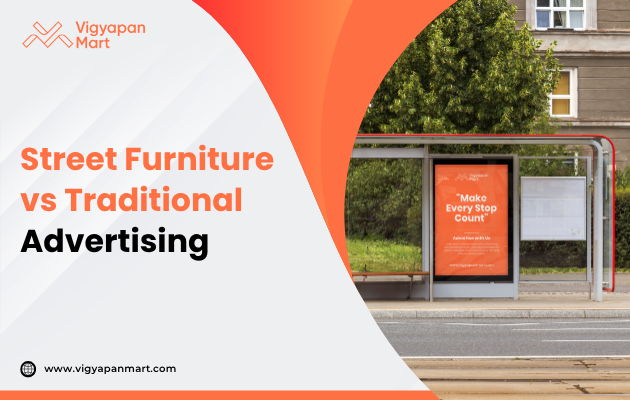Regulatory Challenges and Creative Solutions in Urban Spaces

Urban spaces are growing rapidly as more people move into cities. With this growth come many challenges. Regulations play a major role in shaping cities. But there are also gaps, conflicts, and delays that can make life harder for everyone, especially those living in crowded or poor conditions. At the same time, creative people are finding new ways to solve these problems and make cities better for all.
Common Regulatory Challenges
1. Fragmented Urban Governance
One of the biggest hurdles is that different government agencies often do not work together. In many cities, the authorities responsible for planning, housing, and development overlap and even argue about who is in charge. For example, in Delhi, India, the Delhi Development Authority (DDA) and the Municipal Corporation of Delhi (MCD) often clash, slowing down important projects and causing confusion.
2. Legal Bottlenecks and Non-Compliance
Many urban projects face delays because of unauthorized constructions, violations of building codes, and failure to get needed environmental approvals. Courts often have to step in to settle disputes, as seen in several landmark court cases in India. Banks and investors are also less likely to support projects with uncertain legal status, slowing down growth even more.
3. Infrastructure and Service Deficits
As cities expand, providing basic services such as water, electricity, sanitation, and transportation, struggles to keep pace. Even ambitious government schemes may get stuck because of complex legal procedures and disputes over land or environmental regulations.
4. Lack of Public Participation
Many decisions about urban space do not include input from the people most affected, especially marginalized communities. Without local voices, new policies may not solve real-life problems or may even make things worse for certain groups.
5. Green Space and Environmental Issues
Cities need open areas such as parks and green spaces for healthy living. However, there is often weak oversight and few clear rules for green space development. Many times, urban development leads to deforestation and pollution, threatening the environment and people's health.
Why Regulations Are Needed?
Rules are important to keep order, protect the environment, and make sure public spaces are available to everyone. According to the New Urban Agenda from the United Nations, national urban policies should:
- Assign clear responsibilities to all levels of government
- Create systems for coordination
- Set minimum standards for water, sanitation, energy, and green spaces
- Protect the rights of all city residents
Building codes and planning rules must be up-to-date and focus on safety, fairness, and the environment. However, balance is needed because too many restrictions can create bottlenecks, while too few can lead to chaos and poor living conditions.
Creative Solutions and Strategies
Despite these challenges, cities around the world are inventing ways to make regulations work better and to fill in the gaps where rules fall short.
1. City-Wide Public Space Strategies
Some cities are rolling out broad plans to manage public spaces more effectively. This includes setting clear goals for accessibility, quality, and funding. Successful plans cover everything from rules and design guidelines to ways of resolving disputes and involving the public in every step.
Key components of an effective strategy includes:
- A common vision and set of principles
- Standards for quality and accessibility
- Clear action plans and timeframes
- Funding and resource plans
- Inclusion of all communities in planning and feedback
2. Streamlined Legal Frameworks
New approaches are merging legislation, design, and finance so that all aspects of city planning fit together smoothly. National governments can give leadership and set direction, while city governments handle local rules and day-to-day planning.
3. Public-Private Partnerships (PPPs)
Partnerships between government and businesses can help deliver affordable housing or green spaces. Success depends on clear contracts, monitored compliance, and fair sharing of risks and benefits. When these partnerships work, they can speed up projects, provide funding, and bring in expert knowledge.
4. Community Involvement
Including local residents, especially those from marginalized groups, leads to better plans and fairer outcomes. Cities now host public meetings, surveys, and workshops. This involvement helps make policies practical and reduces opposition.
5. Innovative Green Space Solutions
Some cities use creative methods such as rooftop gardens, vertical forests, or small “pocket parks” to add more green space in crowded urban areas. Technology can also help by mapping potential sites and tracking the health of city parks.
Conclusion
As urban populations rise with over three billion more people expected in cities by 2050—the need for smart rules and creative action is more urgent than ever. Urban leaders must keep improving regulations, listen to all voices, and use new ideas to make cities healthier, greener, and fairer for everyone.
The journey is complex and takes time, but by facing these challenges with clear vision and creative solutions, cities can become better places to live for young people, families, and future generations. Want to explore the urban street furniture advertising future? Why not connect with Vigyapan Mart experts and book a one-to-one consultation session? Yes, connect with us today and we will share everything you must know to grow your brand to support the green future of urban space and advertising.









